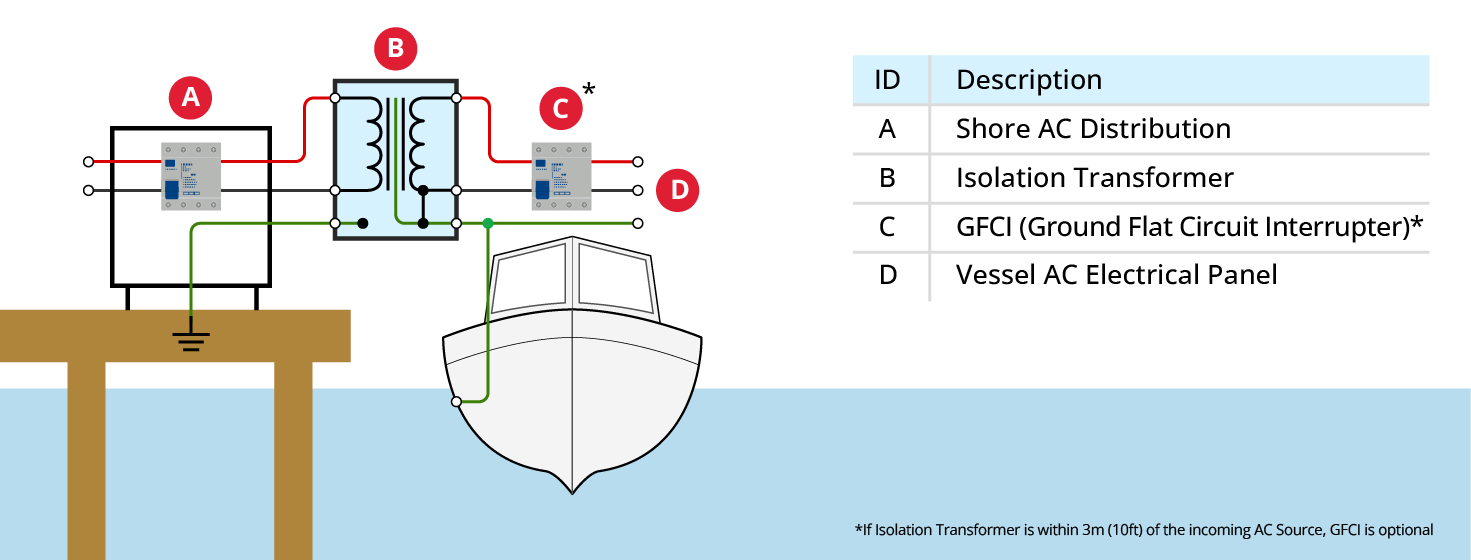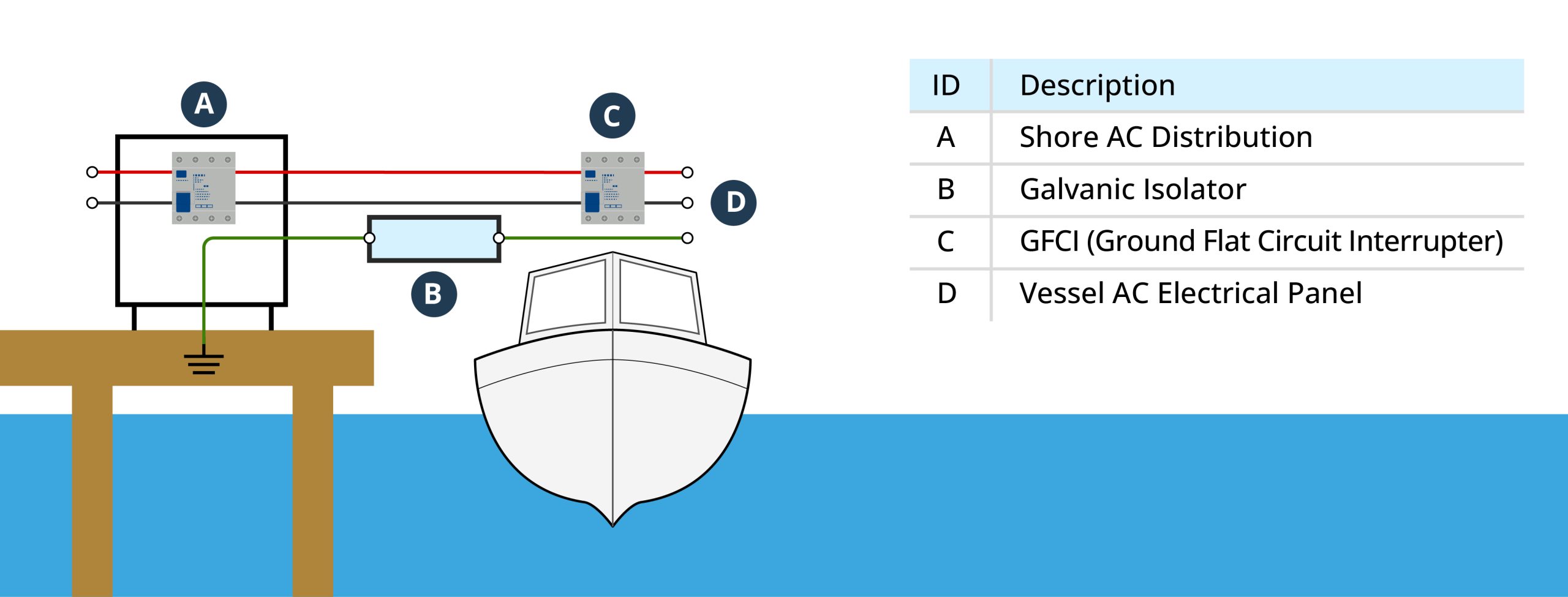For modern boaters, access to shore power has become a necessity, ensuring that everything from navigation equipment to onboard comforts run smoothly. However, while plugging into a pedestal may seem routine, it comes with electrical complexities that can impact a boat’s safety and longevity. Whether it’s galvanic corrosion eating away at metal components or stray currents creating unpredictable hazards, boat owners must take proactive steps to protect their vessel’s electrical integrity.
Understanding the Science Behind Electrical Protection
Every time a boat is plugged into shore power, it becomes part of a shared electrical system. This connection opens pathways for galvanic and stray currents, which can lead to corrosion, interfere with sensitive electronics, and, in extreme cases, pose safety risks. The question is, how much protection does a boat need?
According to NC, a renowned marine electrical expert, “The best way to eliminate galvanic and stray AC currents is to completely isolate the boat’s electrical system from shore power. The only way to achieve true isolation is with an isolation transformer.”
Isolation transformers use electromagnetic induction to transfer power from shore to the boat without a direct electrical connection. This means no physical link for stray currents to travel through, eliminating many of the electrical risks associated with shore power. The added benefit? Voltage stabilization and cleaner power delivery, which protects onboard electronics from fluctuations that can cause premature wear.
A galvanic isolator works differently; Instead of breaking the connection entirely, it is installed in the grounding conductor of the shore power cable, blocking only low-voltage DC currents that cause galvanic corrosion. However, it does not stop stray AC currents or provide voltage stabilization, which means it offers less protection overall. While an isolation transformer is a complete barrier, a galvanic isolator is more like a filter—useful for specific corrosion concerns but not a full-scale solution.
Which one to choose?
Boat size, electrical demand, and location all play a role in deciding between an isolation transformer and a galvanic isolator.
For larger boats, typically over 30 feet, an isolation transformer is highly recommended. These boats tend to have more complex electrical systems, and full isolation protects onboard power from voltage spikes, harmonic distortions, and stray currents. Many long-range cruisers and liveaboards swear by isolation transformers because they frequent marinas with unknown electrical conditions.
On the other hand, smaller boats that use 120V shore power may find a galvanic isolator sufficient, especially if the boat remains in a single marina where the electrical system is well-maintained. Galvanic isolators provide a level of corrosion protection without the added cost and weight of a transformer, making them a budget-friendly choice for weekend boaters and smaller recreational vessels.
A representative from ABYC (American Boat & Yacht Council) explained, “Both galvanic isolators and isolation transformers have a role in marine electrical safety. The key is understanding their limitations. If you want absolute electrical isolation and maximum safety, an isolation transformer is the way to go.”
Cost is a major factor in the decision-making process. Galvanic isolators are significantly cheaper, typically ranging from $100 to $500, and are relatively easy to install, often as a DIY project. Marine grade Isolation transformers cost more, usually more than $2,500. They are also heavier and require professional installation in most cases. However, they provide complete electrical isolation, voltage stabilization, and safeguard boat’s and equipment’s health, making them a worthwhile long-term investment for boats that rely on shore power for extended periods.
Ultimately, choosing between an isolation transformer and a galvanic isolator comes down to understanding your boat’s electrical exposure and risk tolerance. As marinas enforce stricter electrical safety standards, boaters will need to ensure their electrical systems meet compliance requirements. By choosing the right protective device, you can safeguard your investment, enhance onboard safety, and extend the life of your electrical system.
For expert guidance on selecting the right marine electrical protection device, visit ASEA’s website and enquire with our technical specialists today.



